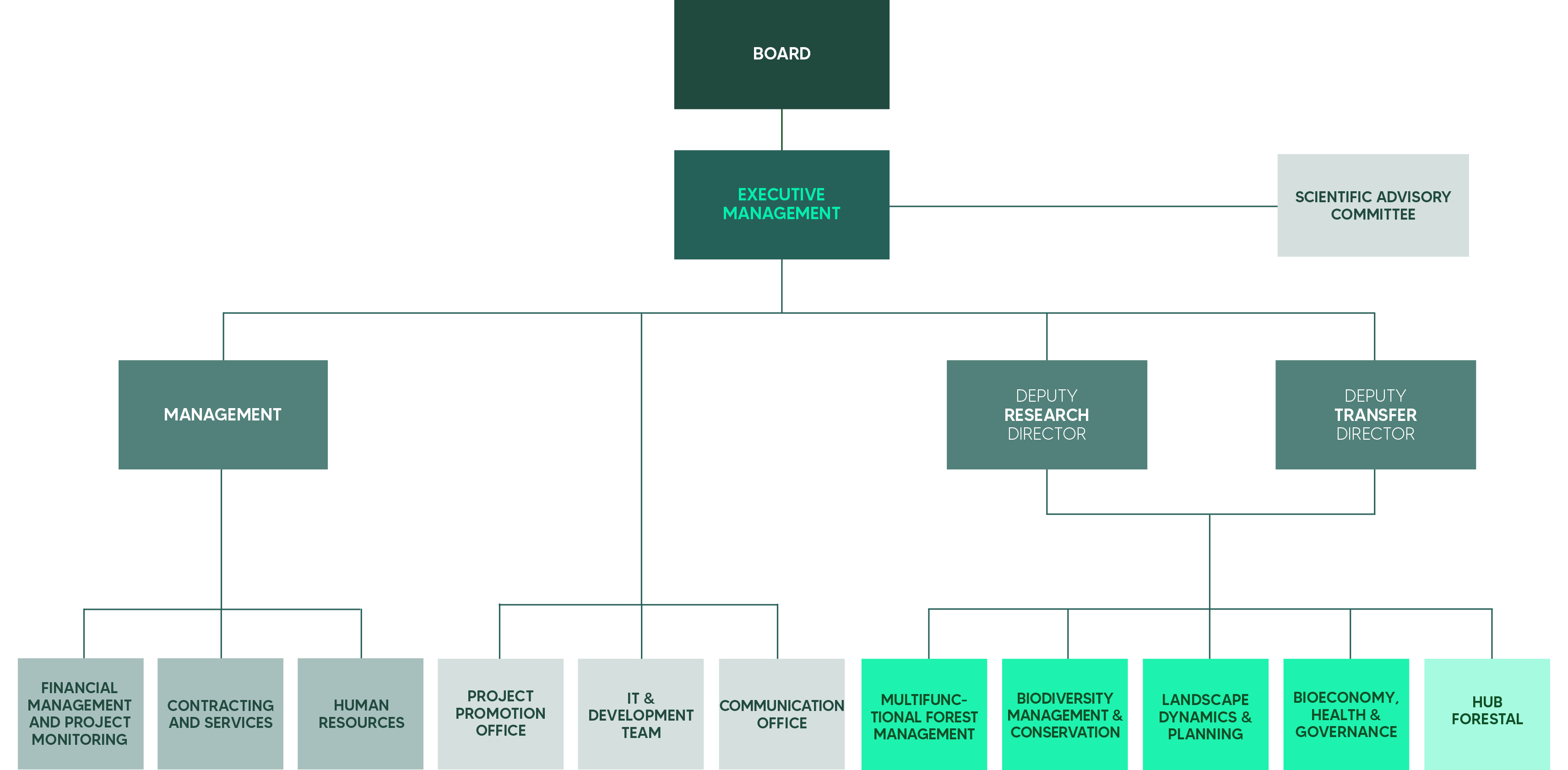CTFC
Team
Spatial ecology provides tools for understanding the spatial dynamics of species and ecosystems, and enables us to conduct a deeper analysis of the environmental and anthropic factors that condition the large-scale spatial distribution of species and their habitats within a complex and changing world. In the current context of environmental crisis, these tools are key to more efficient and effective biodiversity management and planning. The main aim of this area of research and transfer is to identify the environmental and anthropic factors that determine the distribution of species, and to contribute to biodiversity management and planning processes by providing robust information. The most notable specific aims are as follows:
• To model the distribution of species and identify key areas for their conservation.
• To analyse and predict the impacts of environmental changes using spatial modelling and scenarios involving land-use changes, climate change and other environmental and anthropic factors.
• To take part in biodiversity management and planning processes using spatial planning tools.
• To incorporate spatial information on biodiversity into large databases, along with spatial information on factors related to environmental change and changes to ecosystem services (among other aspects), in order to facilitate the analysis, consultation and use of this information by researchers, public administrations and society in general.
• To model the distribution of species and identify key areas for their conservation.
• To analyse and predict the impacts of environmental changes using spatial modelling and scenarios involving land-use changes, climate change and other environmental and anthropic factors.
• To take part in biodiversity management and planning processes using spatial planning tools.
• To incorporate spatial information on biodiversity into large databases, along with spatial information on factors related to environmental change and changes to ecosystem services (among other aspects), in order to facilitate the analysis, consultation and use of this information by researchers, public administrations and society in general.
TEAM
Featured Projects
Contact
/ /
Forest Science and Technology Centre of CataloniaCrta. St. Llorenç de Morunys, Km.2


